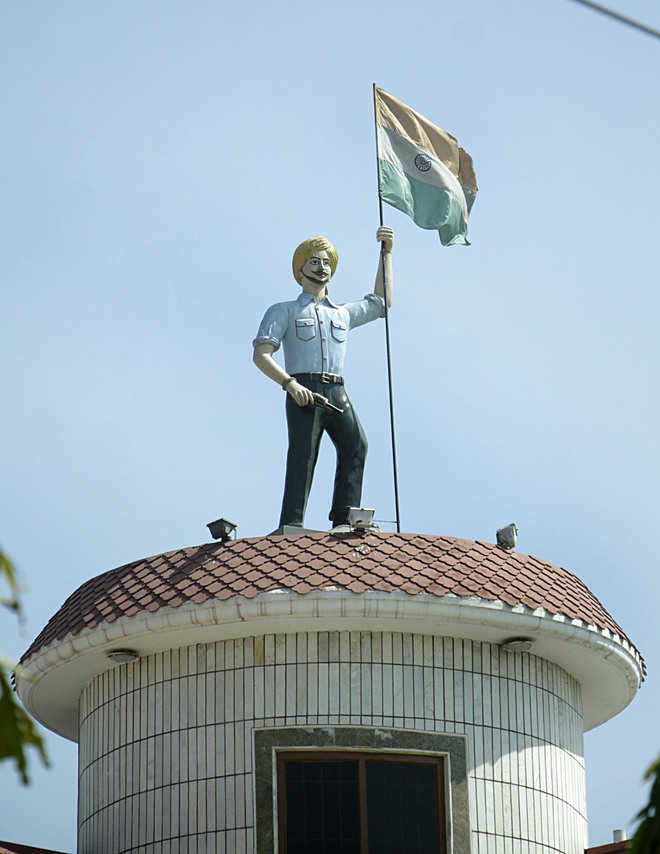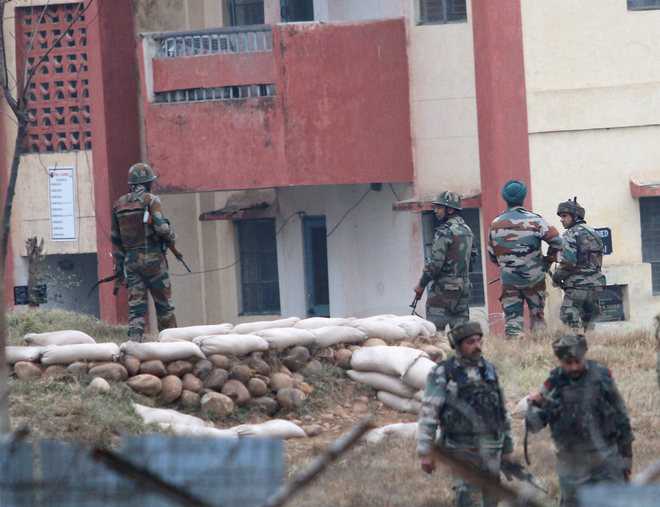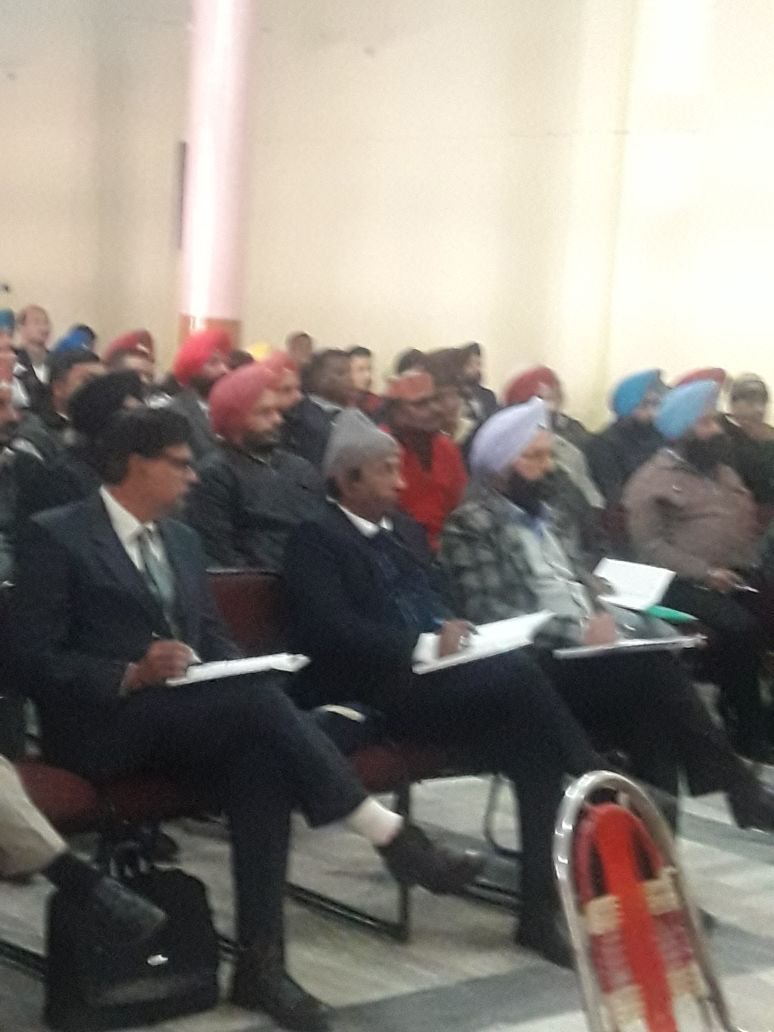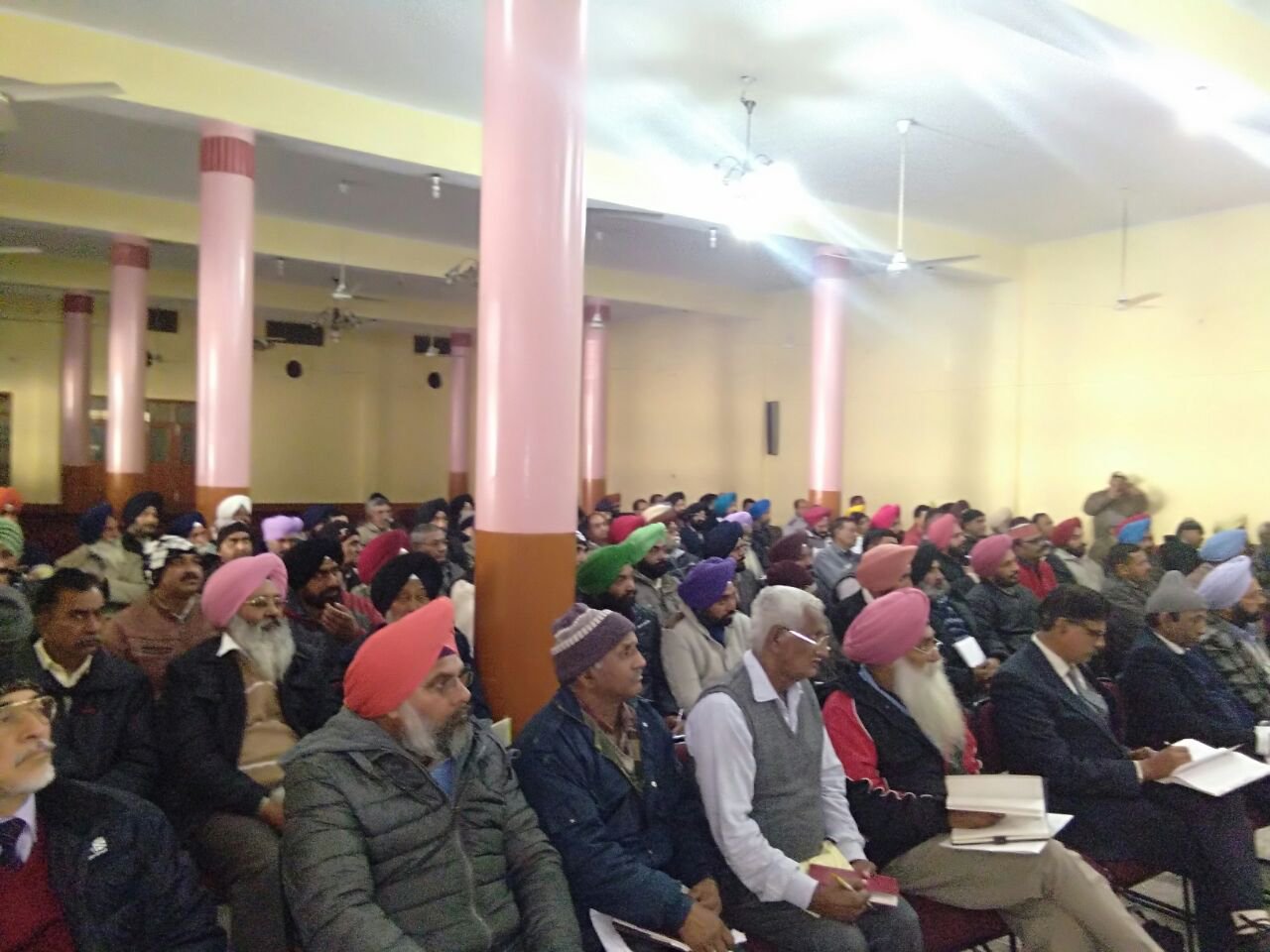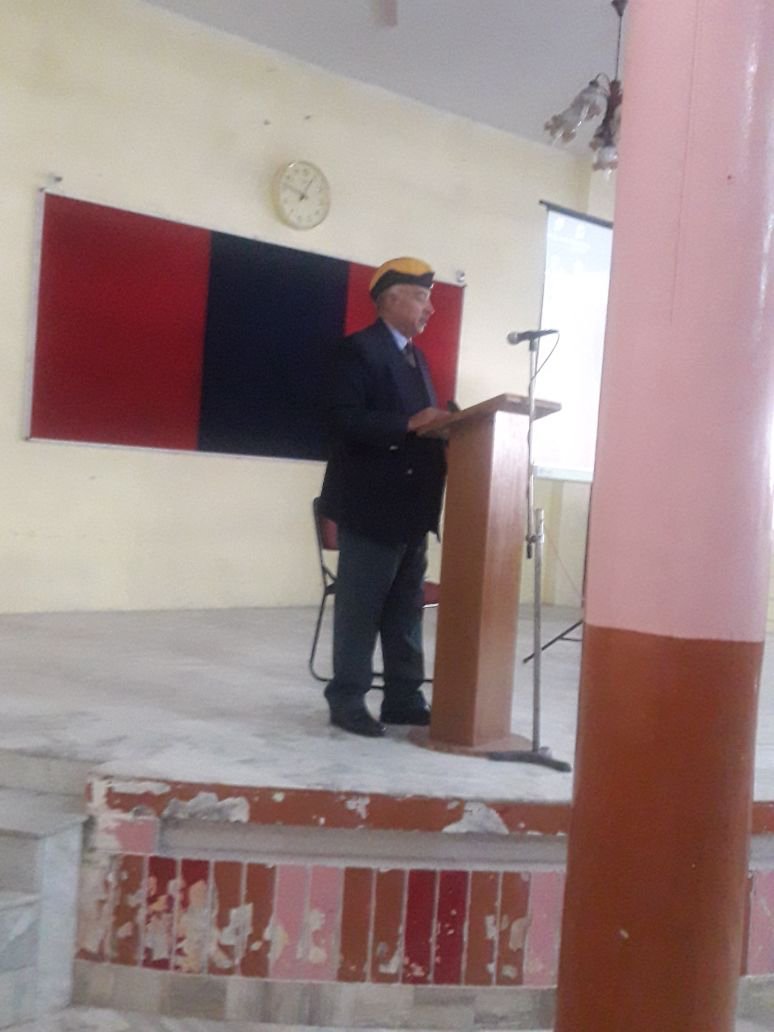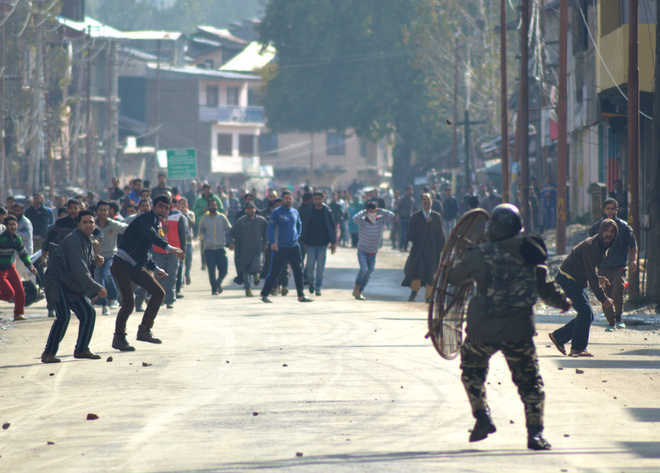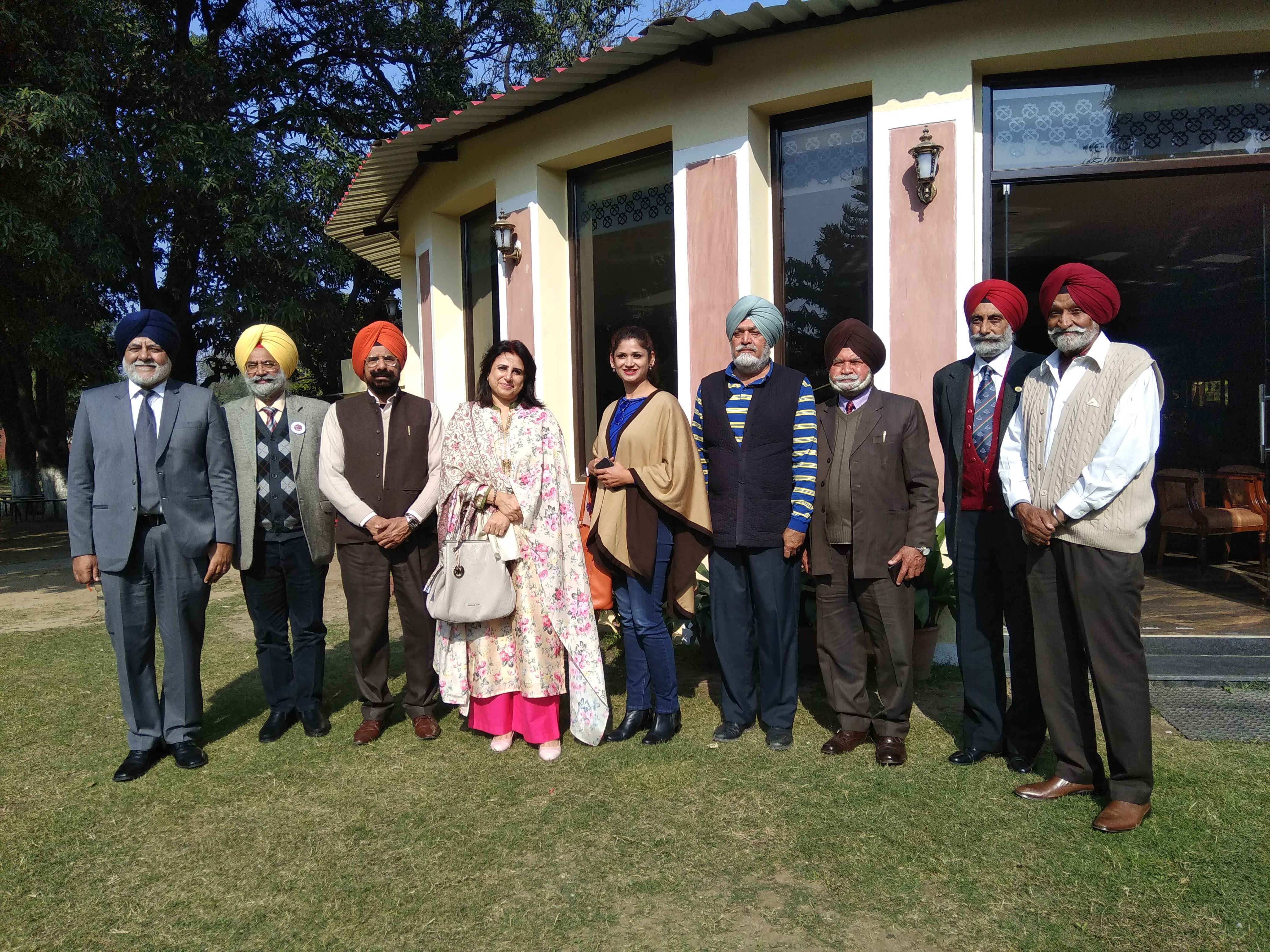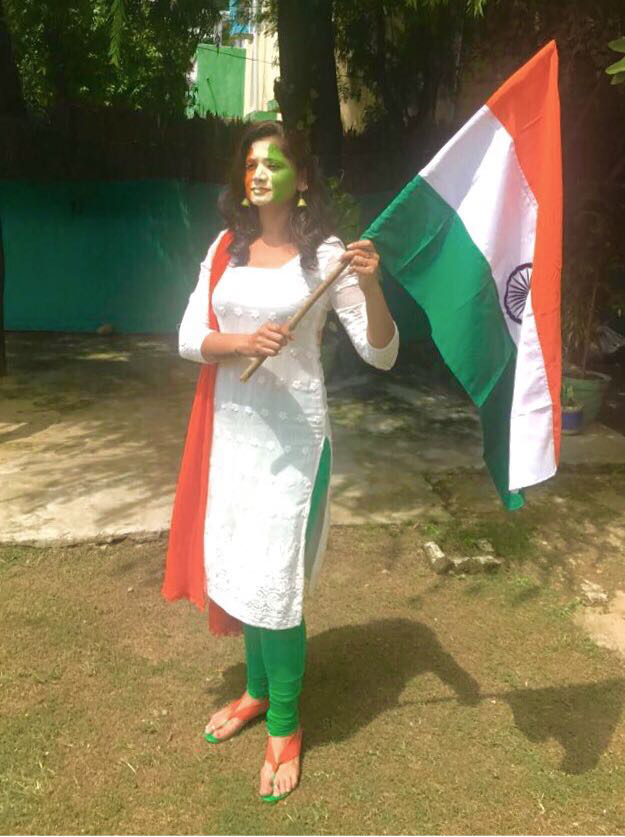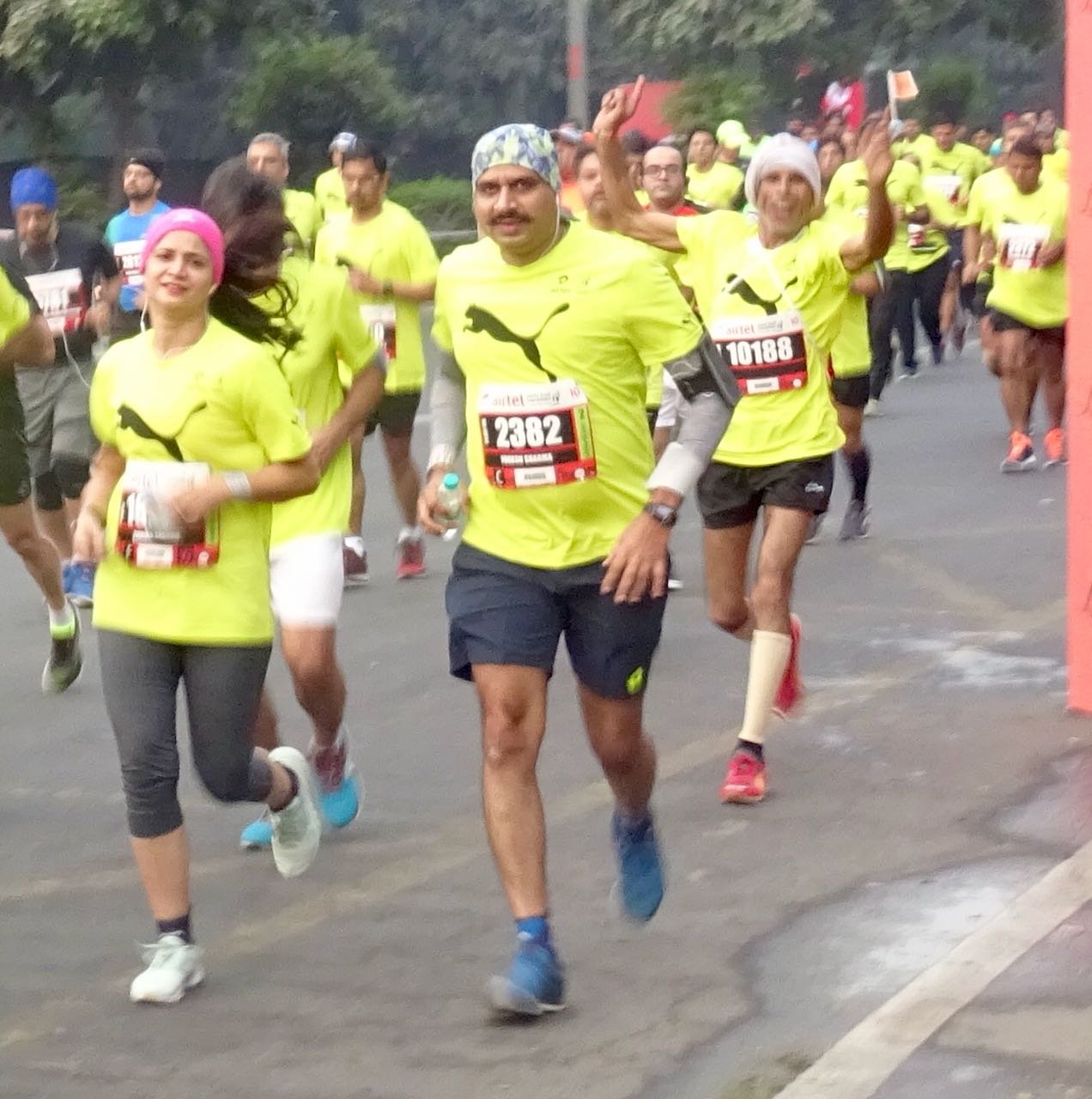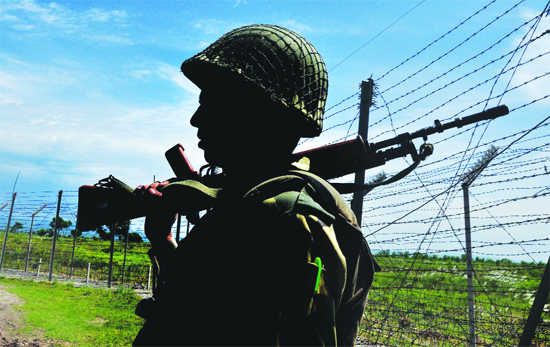Ajay Banerjee
Tribune news service
New Delhi, January 24
Finance Minister Arun Jaitley’s financial dexterity will be tested on what could be the ‘right’ allocation for the Ministry of Defence and the modernisation of each of the three armed forces. Balancing expenses on account of salaries and pensions with modernisation needs poses a huge challenge. In the budget ending March 31, 2018, salaries and pensions of the three services and civilian employees constitute 53.81 per cent, that is Rs 1,93, 670 crore of the allocated Rs 3,59,854 crore. This means of the Rs 2,74,114 crore budget, Rs 85,740 crore goes towards pensions. (Follow The Tribune on Facebook; and Twitter @thetribunechd)A sum of Rs 3,126 crore goes into salaries of research scientists, the establishment cost of smaller wings within the MoD is Rs 8,040 crore and Rs 6,582 crore goes towards salary of ordnance factories. The budget has a capital outlay of Rs 86,488 crore. This money spent on weapons, aircraft, naval warships and Army vehicles works out to be 24 per cent of the overall spending. This would need greater allocation.
Equipment needs
Jaitley, who has been Defence Minister for some 11 months, knows the MoD has to meet committed liabilities, or payments, for ongoing purchases of equipment/weapons. In the coming fiscal (ending March 31, 2019) he has to factor in part-payments for existing equipment like the 36 Rafale fighter jets, the under-construction aircraft carrier at Kochi, the 145 ultra-light Howitzers, the Scorpene class of submarines, Dhruv helicopters and also Boeing’s AH64-E Apache attack copters, among other big-tickets items.New projects, such as the 200 of the Kamov-226T helicopters, are slated to commence production in the next 12-18 months. Besides, decisions taken on future projects will test the resolve of Defence Minister Nirmala Sitharaman as also India’s budgetary depth.The long list includes the 111 naval utility helicopters, the next lot of six submarines, S-400 air defence missiles, 83 Tejas fighter jets and artillery guns.A Rs 3,500-crore plan for new rifles has been approved, bulletproof jackets are in the pipeline and the Army is looking for anti-tank guided missiles.
Matching China
China is spending $155 billion during its own fiscal year that ends almost the same time as India’s. Though the expense of the MoD, including pensions, is $55 billion, or 16.8 per cent of all government spending, it leaves India ‘gasping for breath’ to catch up with its neighbour China. The US has okayed a budget of $618 for this year while Japan has passed a budget of $43.6 billion for the year.
Right-sizing
Literally weighed down by bulging ‘establishment’ costs, euphuism for salaries and pensions, the MoD is looking at ‘right-sizing’ the forces and also cutting costs from within. Right-sizing had been suggested by the high-powered Lt Gen DB Shekatkar Committee and its report was submitted to Defence Minister Manohar Parrikar on December 21, 2016. The committee was appointed to enhance the combat potential of the armed forces and to re-balance defence expenditure. It has recommended a series of measures to trim, redeploy and integrate manpower under the MoD for an effective military. The committee has laid a path to reduce expenses by Rs 25,000 crore over the next five years. It has suggested redeploying manpower from organisations under the MoD.
